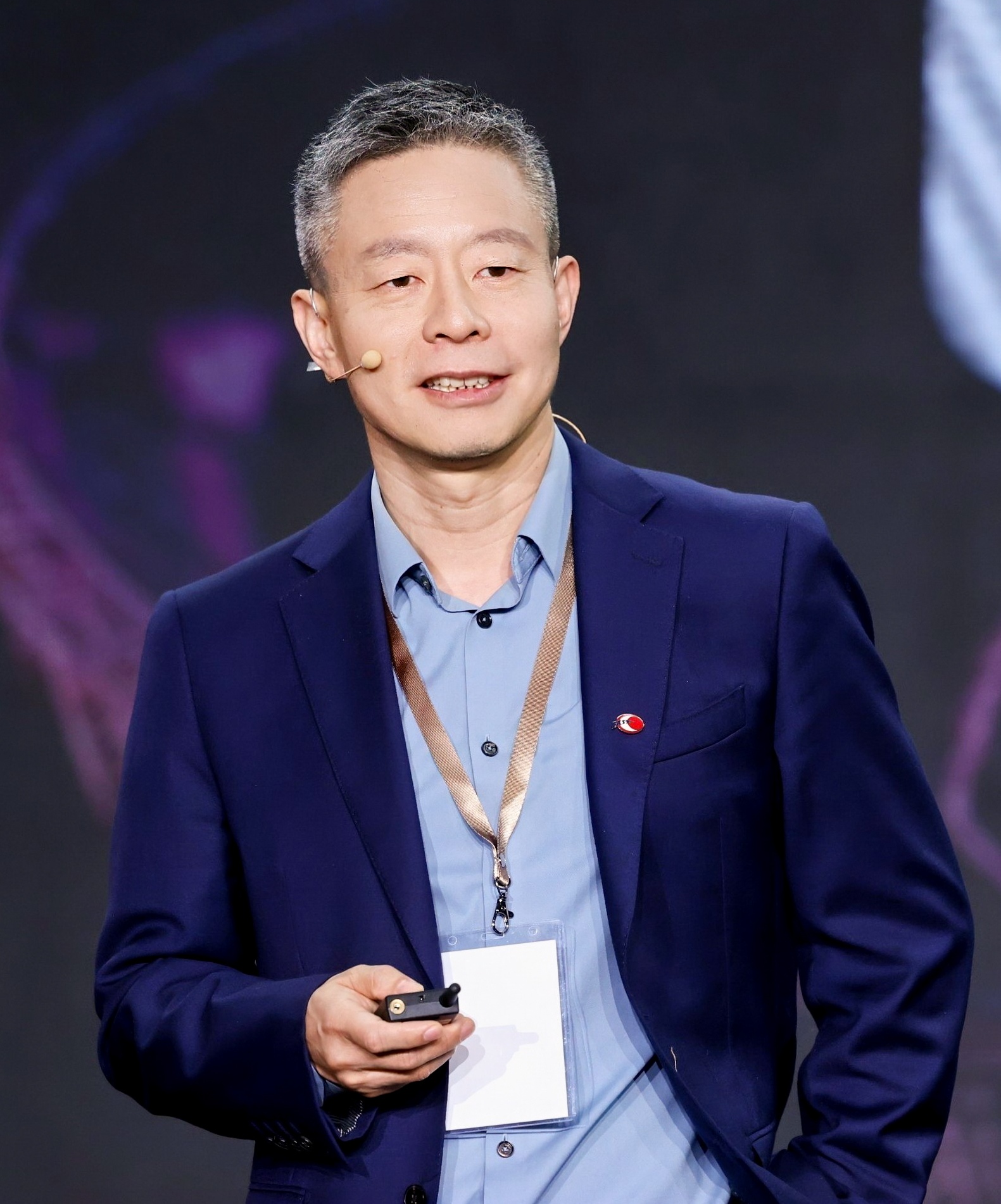Fri, Sep 27 2024, 4pm
Jiangwan S140
Astro Seminar: Explore the Time Frontier: from Galileo to Cosmic Antennae
Prof. Di Li (Tsinghua University)
Abstract: Human's perception and philosophy of the cosmos depend on our collective sensors. Modern optical sky surveys in the 20th century gave rise to the concept of dynamic Universe, the forefront of which currently lies in radio bands and manifests itself as fast radio bursts (FRB). FRB researches have been awarded the 2023 Shaw prize and the 2024 Marcel Grossman Award. We built the largest radio telescope, namely, the Five-hundred-meter Aperture Spherical radio Telescope (FAST), which has been leading the field of characterizing repeating FRBs ever since the its inception in 2020. With close to 100 FAST-based papers on FRBs, including 5 on Nature and 2 on Science, we started to establish an evolutionary picture for FRBs. To help systematically localize and discover multi-band counterparts, we are building a next generation FRB machine, namely Cosmic Antennae (CA), the aim of which is to increase the discovery rate by orders of magnitude over all current radio telescopes.
Bio: Dr. Li is a radio astronomer. He was the Chief Scientist of FAST and is now a chair professor of Tsinghua University. He pioneered several observing techniques, including HI narrow self-absorption (HINSA), based on which a precise measurement of interstellar magnetic field was obtained and published on the cover of Nature. Dr. Li otained the first detection of interstellar molecular oxygen and the largest set of fast radio burst (FRB) events. He won the 2024 Marcel Grossmann award “For his groundbreaking contributions to the scientific definition of the most sensitive radio telescope and his numerous innovations in characterizing the dynamic universe, resulting in precise measurements of the interstellar magnetic field and advancing the field of fast radio bursts into a high-statistics era”.

